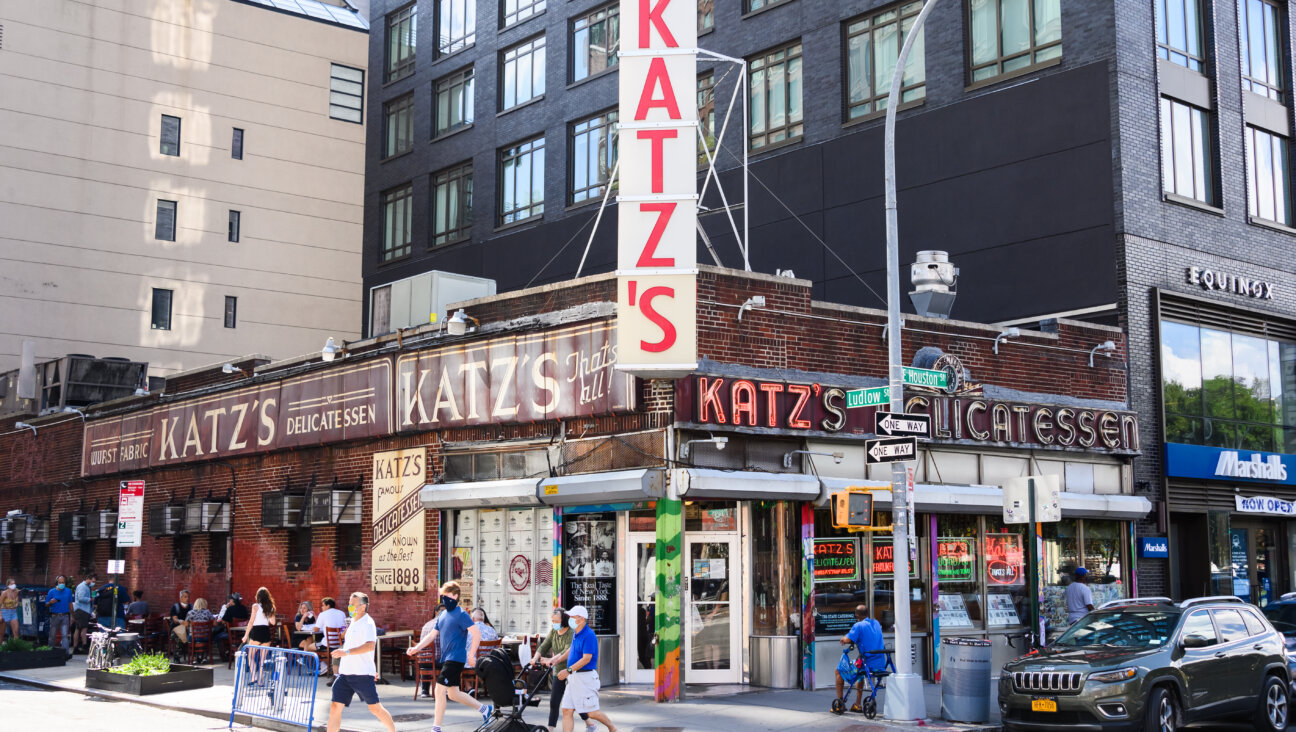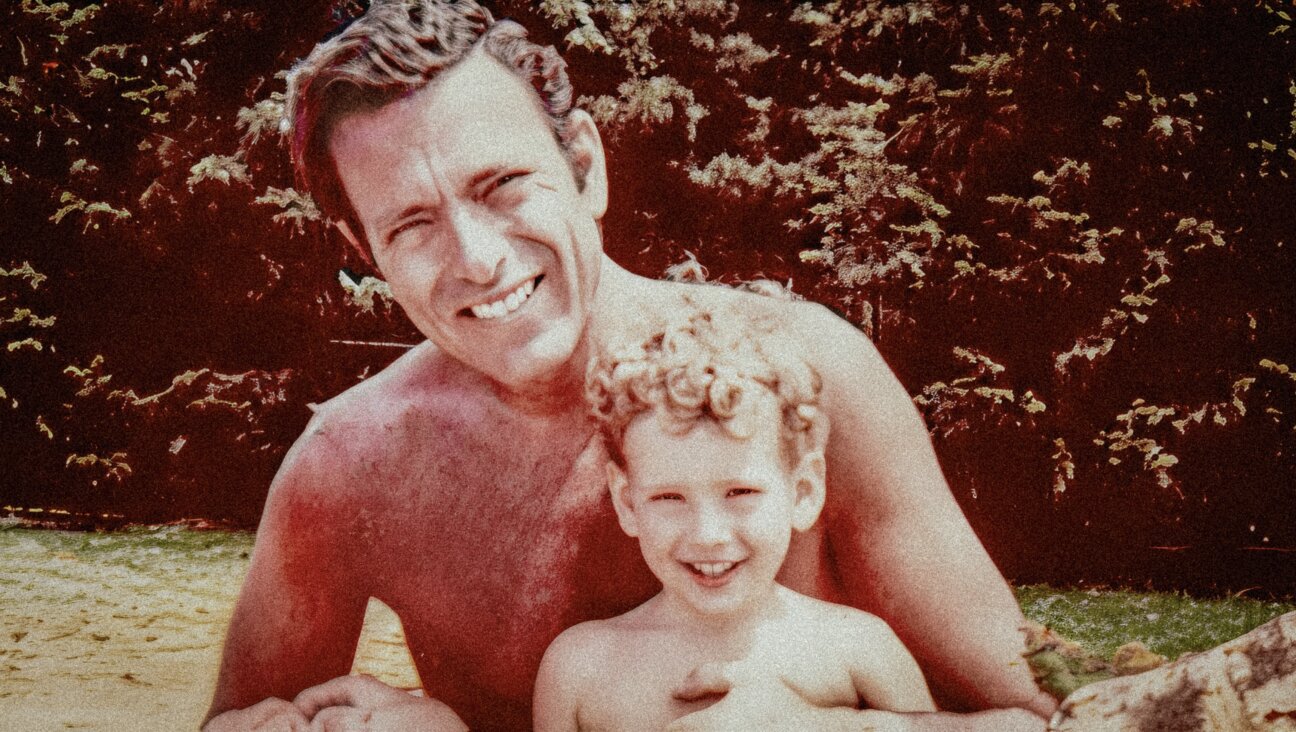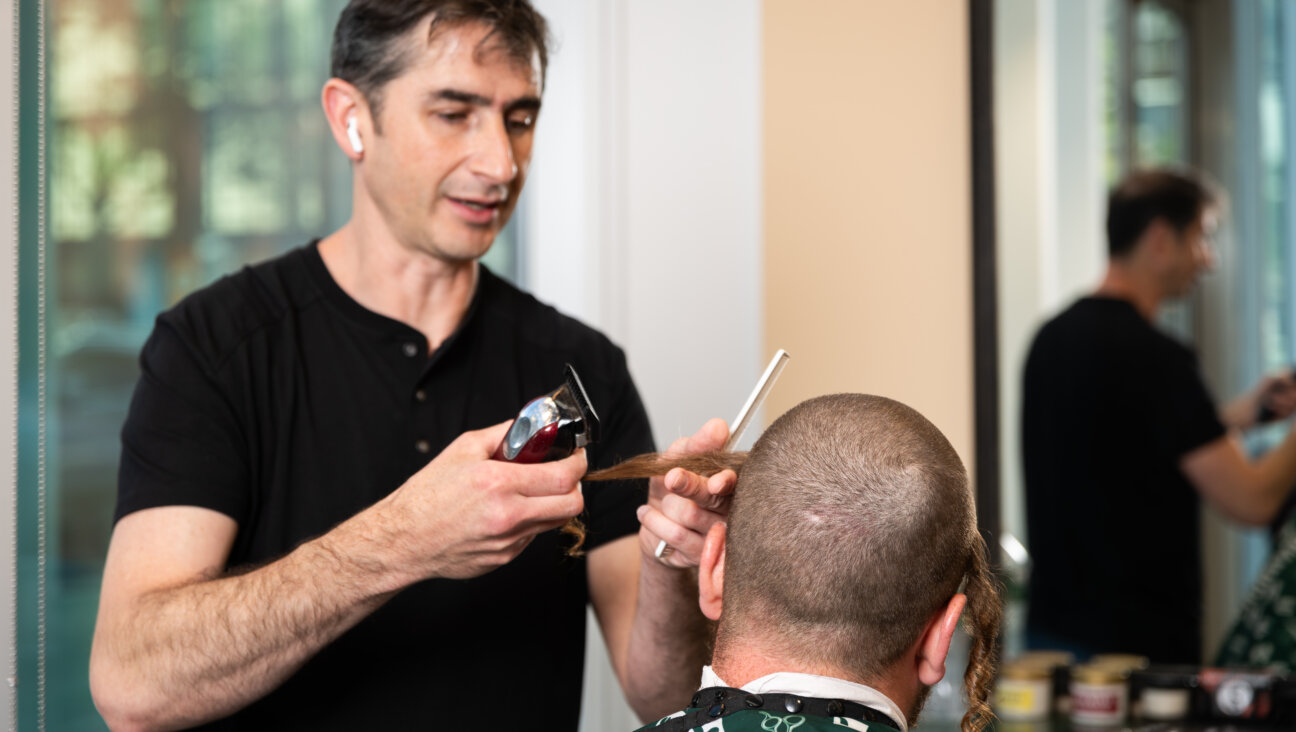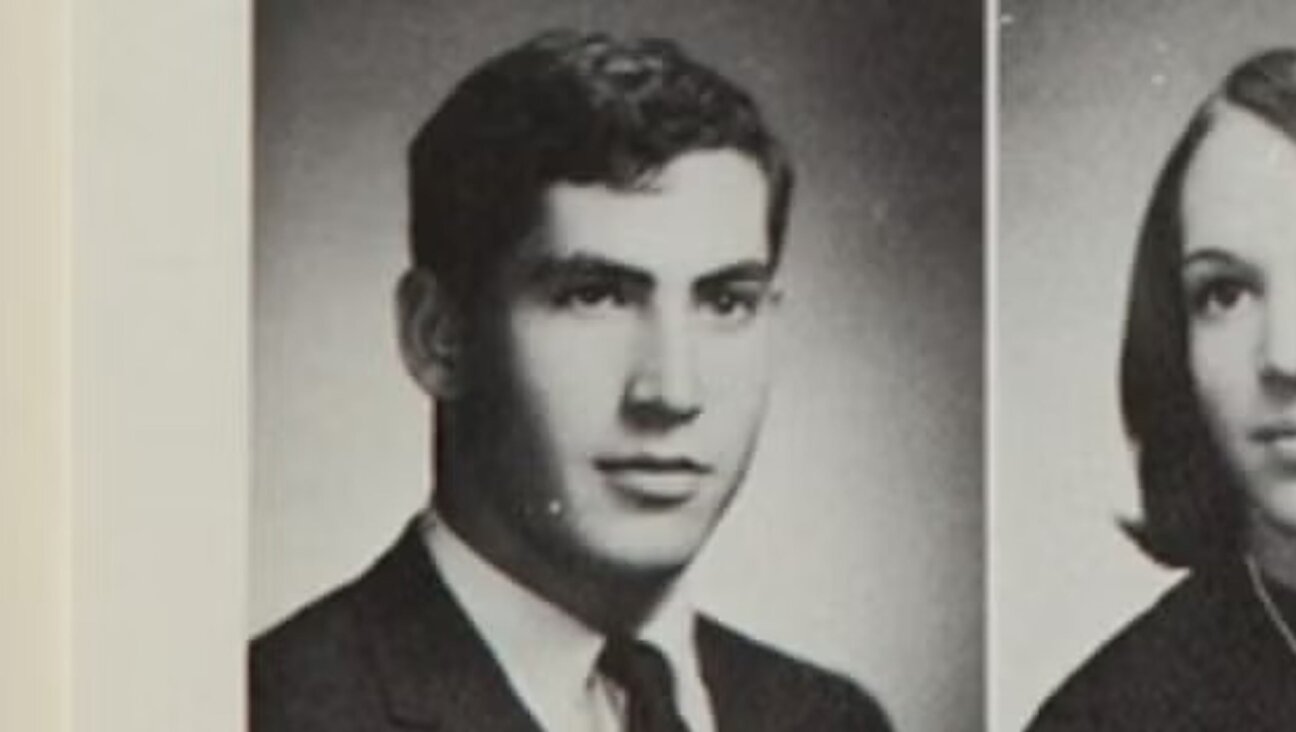A Fashion Icon Reveals Her Tough Side
“I’m pretty tough,” Diane von Furstenberg explained.
No kidding. Sitting barefoot in her expansive office in Manhattan’s hip Far West Village, the princess-turned-socialite-turned-clothing-designer emits a cool vibe that is simultaneously glamorous, stern and relaxed.
On a simmering summer afternoon, von Furstenberg looks flawless in white — showing no side effects from the sweltering heat — and yet she’s wearing very little, if any, makeup, and her wavy hair is rumpled. She’s the very embodiment of her ultra-famous wrap dress, which revolutionized women’s fashions in the 1970s with is flawless blend of wearability, comfort and understated sexiness.
As befits someone who is used to the spotlight, von Furstenberg spins her not-quite-rags-but-definite-riches tale with a detached, collected demeanor. And yet, speak to her about her family — most specifically, her heritage as the daughter of an Auschwitz survivor — and an entirely different aspect of von Furstenberg emerges.
“People don’t always know it,” she said of her mother, Lily Nahmias, who was liberated from the death camp just 18 months before von Furstenberg’s birth. “I tell anyone who will hear it. That’s part of my responsibility.”
That sense of responsibility is what motivated von Furstenberg, 58, to fund the American publication of “A Jewish Doctor in Auschwitz: The Testimony of Sima Vaisman.” Written by her cousin — and discovered in 1983 in France by Vaisman’s niece, Eliane Neiman-Scalie, von Furstenberg’s cousin — the book is a harrowing first-person account of the atrocities experienced by prisoners in general, and the hardships faced by those working in the camp’s “hospital” in particular.
Primo Levi it’s not. “It’s a record; a very different kind of record,” von Furstenberg explained. “There’s no ‘I’ in the text. She’s very detached, even though she’s very attached to it.”
“It’s an important document,” she added. “It should exist because, unfortunately, it [the Holocaust] existed.”
Vaisman’s precise and clinical words, written eight days after her liberation, conjure a picture so vivid that it caused this reader to have nightmares. “It was, you know…,” von Furstenberg said, voice trailing off, of her experience with the text. “I read it fast. It was kind of painful. It’s a very hard text.”
Confronting her family’s painful history has not been easy for von Furstenberg. Growing up in a nonreligious home in Brussels, born Diane Halfin, she had a sense of the hardships her mother endured, “but for me it was always raining; I was walking between the drops,” she said, explaining that her mother often discussed fellow internees’ camaraderie and sense of hope rather than the tragic circumstances.
Von Furstenberg’s star rose once she married Austrian prince Egon von Furstenberg, heir to the Fiat fortune, at the young age of 22. The couple arrived in New York in 1970 and took the city by storm: galas, nightclubs and a foray into fashion that spawned the wrap dress, and later a slew of products, from luggage to perfume.
Awash in success, an unexpected event led von Furstenberg to examine her Jewish roots. Back in 1981, shortly after she returned from a vacation to Bali, the Anti-Defamation League honored her. Why? “I have no idea,” she admitted. “They were just giving me an award. They thought I’d attract a crowd. I was very young, very successful.”
Reluctant to attend, von Furstenberg found herself “saying something I had not only never said before, but had never even thought,” she recalled. That afternoon, at The Pierre New York hotel, in front of 1,000 ladies who lunch, von Furstenberg outed herself as the daughter of a survivor.
“I left so quietly,” she said of the aftermath. “I didn’t want to be, you know, emotional. It was a major turning point.” From there, she became involved in fund raising for the United States Holocaust Memorial Museum, located in Washington, D.C.
Von Furstenberg’s Jewish identity is one based not on religion but on memory. She observes Yom Kippur — privately, at Cloudwalk, her Connecticut estate — but explains: “I’m a daughter of a survivor; that’s my heritage.”
Von Furstenberg stresses that she’d like to be remembered for her children, Alexandre, 35, and Tatiana, 34. (Von Furstenberg and the prince divorced in 1983; in 2001, she married longtime companion Barry Diller.) Family is important to the designer, who draws on her mother’s story as a source of strength. “I’d like to think I’m the daughter of a survivor, not a victim,” she said.
“Fear is not an option” and “never use the word ‘impossible’” were two axioms that von Furstenberg learned from her mother. They’re lessons the designer clearly has taken to heart; she’s survived tongue cancer, as well as a career nosedive (too many products, too little creative control) that remarkably rebounded in 1997, when the wrap dress was proclaimed hot once again.
Von Furstenberg was not particularly close to her cousin Sima, but her father, Leon Halfin, had a strong relationship with her. “Wise, pragmatic, detached, able to dissect any problem,” is how von Furstenberg describes her cousin in her foreword to “A Jewish Doctor in Auschwitz.”
All of which sounds remarkably akin to a description of von Furstenberg herself, but she bristles at any comparison. “She was wise — also tough,” von Furstenberg said. “She was tougher than me.”



















